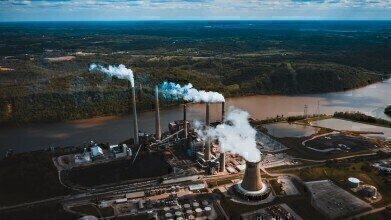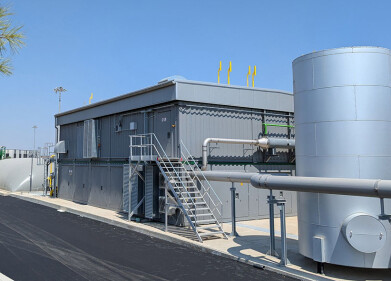Air clean up
Which Countries Are Struggling to Reduce Greenhouse Gas Emissions?
Apr 29 2015
As global awareness of the importance of climate change rises, governments across the world are scrambling to try and reduce the impact of humanity on our environment. The number one contributing factor to global warming are greenhouse gas emissions – most often, carbon dioxide. As a result, countries around the world have been attempting to curb their emissions of this harmful gas.
However, some countries have been more successful than other. Here is a brief look at various CO2 emitting regions of the world and their differing levels of achievement
Europe
The EU has specified that member states should curb their emissions by 30% (taking 2000 levels as a standard) by 2030. Currently, the UK and Germany are two of the biggest emitters of CO2 in the EU, however both have implemented stringent plans to cut their emissions in the coming years. Indeed, the UK has succeeded in decreasing carbon output levels by 9% in 2014, generating around 15% of its total power from renewable sources in the same year.
Meanwhile, Norway remains among one of the most efficient and cleanest generators of power in Europe, as do other Scandinavian nations. For more information on how the EU expects its members to clean up their acts, see the article How Will the EU Reduce Carbon Emissions?
United States
Along with China, the US are the biggest producers of carbon in the world. Back in July of last year, both nations made history by signing a landmark climate change deal, intended to curb these harmful emissions. Among other aspects, the deal will include plans for smart grids, carbon capture and fuel efficiency standards.
Though the US is the world’s leading proponent of fracking, they are signalling intent to address the climate change problem. Much of this has been down to President Barack Obama, who has made it one of his foremost policies whilst in power.
China
As mentioned above, the Chinese have also sought to address their reputation as one of the world’s biggest polluters. There had been concerns that their initial plans to curb emissions by switching from coal burning plants to gasification centres would be just as damaging to the environment (if not more so) than previous methods, but the treaty signed with the US should help to allay such fears.
Furthermore, the Chinese have also pledged to reduce air pollution through the use of drones, sophisticated tracking apparatus and even a futuristic (and possibly far-fetched) movable air-purifying skyscraper, as well as addressing soil remediation and wastewater treatment.
Australia
Australia only contributes 1.3% of the world’s greenhouse gases… but don’t be fooled by this stat. This is largely due to the fact that the country (despite its enormous size) is actually very small in population. In fact, in terms of emissions per capita, Australia is by far the worst polluting nation in the world.
A recent report by the Climate Change Authority (CCA) has recommended that Australia should slash its carbon emissions by 30% before 2025, and up to 60% by 2030, if it is to remain competitive with other nations. As yet, the Australian government has yet to commit to any specific climate change plan or comment on its relative pollution levels. In order to maintain its status as a “good global citizen”, Australia must clean up its act – and soon.
Events
Jul 23 2025 Sydney, Australia
Aug 24 2025 Stockholm, Sweden and online
Aug 27 2025 Busan, South Korea
Sep 02 2025 Mexico City, Mexico
Sep 02 2025 Mexico City, Mexico














